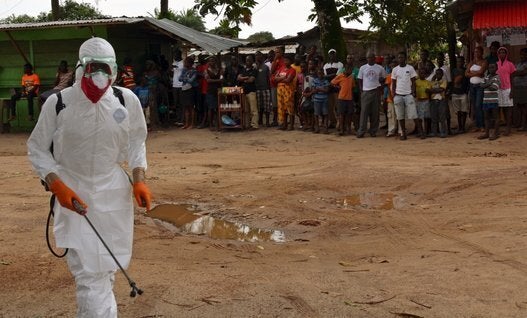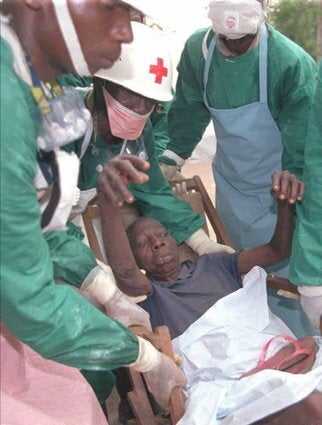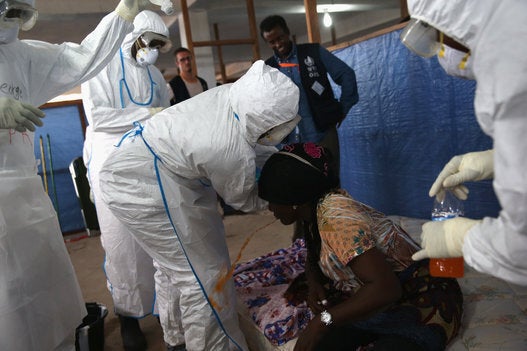
Thomas Eric Duncan, the patient who was sent home by the Texas hospital even while presenting with the early stages of the Ebola virus, has died.
Each day, families around the world face the tragedy of medical errors and hospital mistakes that end in death or extreme injury to the patient. Most often, there is no media interest and nothing happens as a result, despite the relentless search by families for answers and accountability. But in the case of Mr. Duncan and the global fear of Ebola, the world can now see the consequences of medical errors and the predictable pattern of excuses that follows: "we are only human;" "everyone makes mistakes;" "the nurse was tired;" "the doctor was busy;" "our software failed." Families often learn that the initial reason given for the error was not correct. It is not unusual for families never to be given the real reason, since cover-up is not uncommon when it comes to how hospitals handle errors.
Texas Health Presbyterian Hospital, where Mr. Duncan sought emergency help, initially identified a software breakdown as the reason why the hospital missed a vital red flag and sent the patient home. Now it claims this was not the case, but won't say what the cause was. The resulting days lost in treating Mr. Duncan may well be shown to be determinative in his demise.
It has long been known that medical errors in the hospital setting account for the third leading cause of death in the United States and Canada. Very often those deaths are preventable. Yet little progress has been made in ending this epidemic of medical errors. It should not take the prospect of an Ebola panic and the tragic death of Mr. Duncan before the world wakes up and demands fundamental change on the part of healthcare leaders and public policy makers.
But the sad fact is that it probably will.
MORE ON HUFFPOST:

But the symptoms that follow make it much gorier than this 'man suffering first symptoms of Ebola' stock photo suggests.




